 In the fast-paced world of modern software development, containerization has emerged as a game-changer, enabling developers to build, deploy, and scale applications with unprecedented speed and efficiency. At the heart of containerization lies the need for robust container management platforms, which orchestrate the deployment and operation of containers across distributed infrastructure.
In the fast-paced world of modern software development, containerization has emerged as a game-changer, enabling developers to build, deploy, and scale applications with unprecedented speed and efficiency. At the heart of containerization lies the need for robust container management platforms, which orchestrate the deployment and operation of containers across distributed infrastructure.
While Kubernetes has become the de facto standard for container orchestration, the landscape also features a variety of alternative platforms, each offering unique features, benefits, and trade-offs. From lightweight solutions like Docker Swarm and HashiCorp Nomad to comprehensive platforms like OpenShift by Red Hat and Docker Enterprise, organizations face a myriad of options when choosing the right container management solution for their needs.
This article explores 5 Kubernetes alternatives, providing an overview of each platform’s definition, pros, and cons. By examining the strengths and considerations of these alternatives, organizations can gain insights into the diverse ecosystem of container management platforms and make informed decisions about their containerization strategies. Whether prioritizing simplicity, scalability, enterprise-grade features, or seamless integration with cloud ecosystems, there is a container management platform to suit every organization’s requirements and preferences.
Understanding Kubernetes
Kubernetes is an open-source container orchestration platform that automates the deployment, scaling, and management of containerized applications. At its core, Kubernetes provides a distributed system for running containers across a cluster of machines, abstracting away the complexities of infrastructure management.
Key concepts in Kubernetes include Pods, which are the smallest deployable units that can contain one or more containers; Deployments, which manage the lifecycle of Pods by ensuring a desired number of replicas are running at all times; Services, which enable network access to Pods and provide load balancing; and ConfigMaps and Secrets, which store configuration data and sensitive information securely.
Kubernetes also offers advanced features such as auto-scaling, rolling updates, and self-healing capabilities, ensuring high availability and reliability of applications. It provides a declarative approach to managing infrastructure through YAML or JSON manifests, allowing users to define desired state configurations and letting Kubernetes reconcile the actual state with the desired state automatically.
With its robust ecosystem of tools, plugins, and community support, Kubernetes has become the standard for container orchestration, empowering organizations to build, deploy, and scale containerized applications with ease and efficiency, whether on-premises, in the cloud, or in hybrid environments.
5 Best Kubernetes Alternatives
1. Docker Swarm
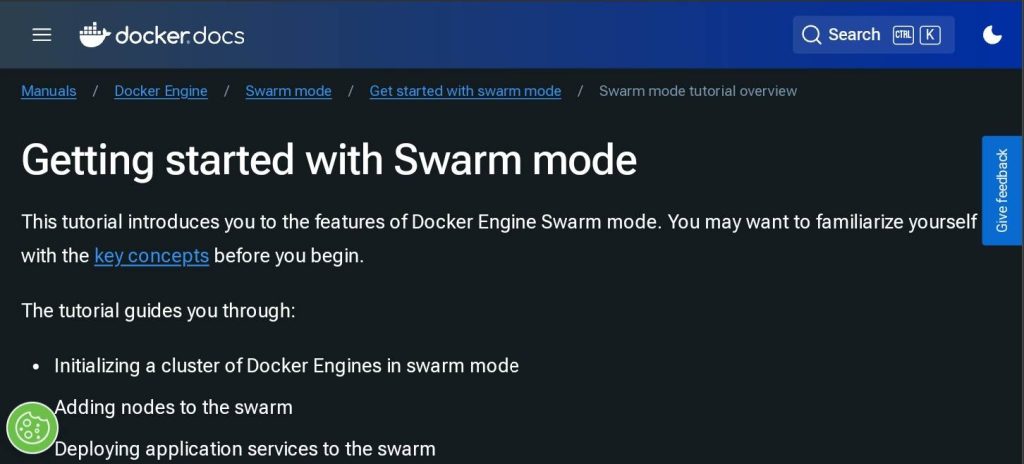
Docker Swarm is a container orchestration platform developed by Docker, Inc. It allows users to manage a cluster of Docker hosts as a single virtual system. Docker Swarm simplifies the deployment, scaling, and management of containerized applications across a cluster of machines.
Pros:
1. Ease of Use: Docker Swarm is known for its simplicity, making it easy for users to set up and manage container clusters.
2. Integration with Docker: Since Docker Swarm is a native part of the Docker ecosystem, it seamlessly integrates with Docker tools and workflows.
3. Scalability: It offers built-in scaling capabilities, allowing users to easily scale their applications horizontally by adding or removing container instances.
4. High Availability: Docker Swarm provides automatic failover and load balancing, ensuring high availability of applications.
5. Security: It leverages Docker’s security features, such as isolation and image signing, to provide secure container deployments.
Cons:
1. Limited Features: Compared to other orchestration platforms like Kubernetes, Docker Swarm may lack some advanced features and flexibility.
2.Community Support: The community around Docker Swarm is smaller than Kubernetes, which may result in fewer resources and community-driven plugins.
3. Complex Networking: Setting up advanced networking configurations can be more complex compared to other orchestration solutions.
4. Resource Utilization: Some users report that Docker Swarm’s resource utilization efficiency may be lower compared to Kubernetes in certain scenarios.
5. Maturity: While Docker Swarm is mature, some users perceive Kubernetes as a more battle-tested and feature-rich orchestration solution.
2. Apache Mesos
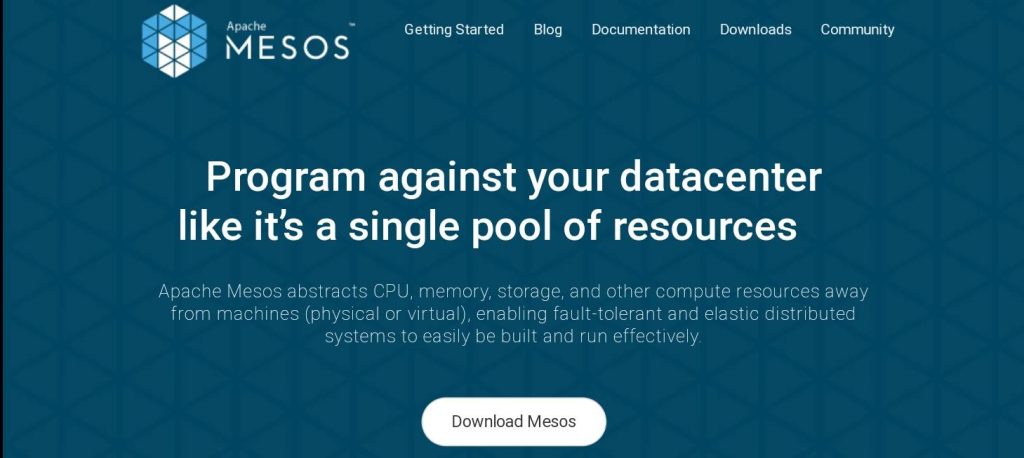
Apache Mesos is an open-source cluster manager that simplifies the management of resources in a data center or cloud environment. It abstracts CPU, memory, storage, and other computing resources across a cluster of machines, enabling efficient resource utilization and dynamic workload scheduling.
Pros:
1. Resource Efficiency: Mesos allows for fine-grained resource sharing, maximizing resource utilization across the cluster.
2. Scalability: It can scale to thousands of nodes, making it suitable for large-scale deployments.
3. Fault Tolerance: Mesos provides fault tolerance by automatically handling machine failures and ensuring high availability of applications.
4. Flexibility: Mesos supports diverse workloads, including containerized applications, Hadoop, Spark, and other distributed systems.
5. Dynamic Resource Allocation: It supports dynamic resource allocation, allowing applications to dynamically acquire and release resources based on demand.
Cons:
1. Complexity: Setting up and configuring Mesos clusters can be complex, requiring expertise and effort.
2. Steep Learning Curve: Users may face a steep learning curve, especially when dealing with advanced features and configurations.
3. Limited Native Tooling: Mesos has fewer native tools and ecosystem components compared to other orchestration platforms like Kubernetes.
4.Community Support: While there is an active community around Mesos, it may not be as large or well-supported as some other orchestration platforms.
5. Ecosystem Fragmentation: Mesos has a fragmented ecosystem with various frameworks and tools, which can lead to compatibility issues and complexities.
3. HashiCorp Nomad
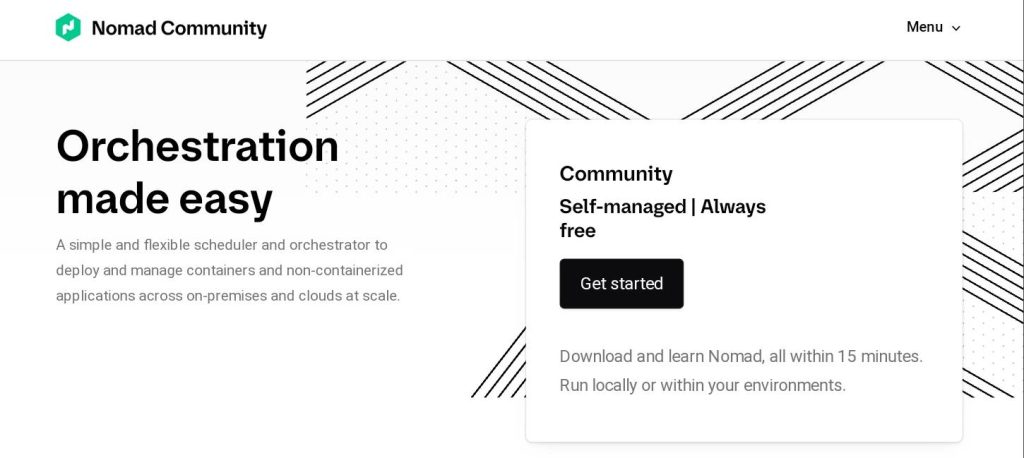
HashiCorp Nomad is an open-source, lightweight, and flexible orchestration platform for deploying and managing applications and containers. It provides a simple yet powerful solution for automating the deployment and scaling of applications across a cluster of machines.
Pros:
1. Simplicity: Nomad is known for its simplicity and ease of use, offering a straightforward setup and minimal configuration overhead.
2. Multi-Platform Support: It supports a wide range of application types, including Docker containers, VMs, and standalone executables, providing flexibility for diverse workloads.
3. Scalability: Nomad is designed to scale horizontally, allowing users to easily add nodes to the cluster as demand increases.
4. Fast Deployment: Nomad offers fast deployment times, enabling quick rollout of applications and updates.
5. Integration with HashiCorp Ecosystem: It integrates seamlessly with other HashiCorp tools like Consul and Vault, providing additional features for service discovery, networking, and security.
Cons:
1. Feature Set: Nomad may lack some advanced features compared to more mature orchestration platforms like Kubernetes.
2. Limited Community: While Nomad has a growing community, it may not be as large or well-established as other orchestration platforms.
3. Ecosystem Maturity: The ecosystem around Nomad, including third-party integrations and plugins, may not be as extensive as some other solutions.
4. Learning Curve: While Nomad is relatively easy to use, users may still face a learning curve, especially when configuring advanced features.
5. Enterprise Features: Nomad’s enterprise features may be limited compared to other commercial orchestration platforms.
4. RedHat Openshift
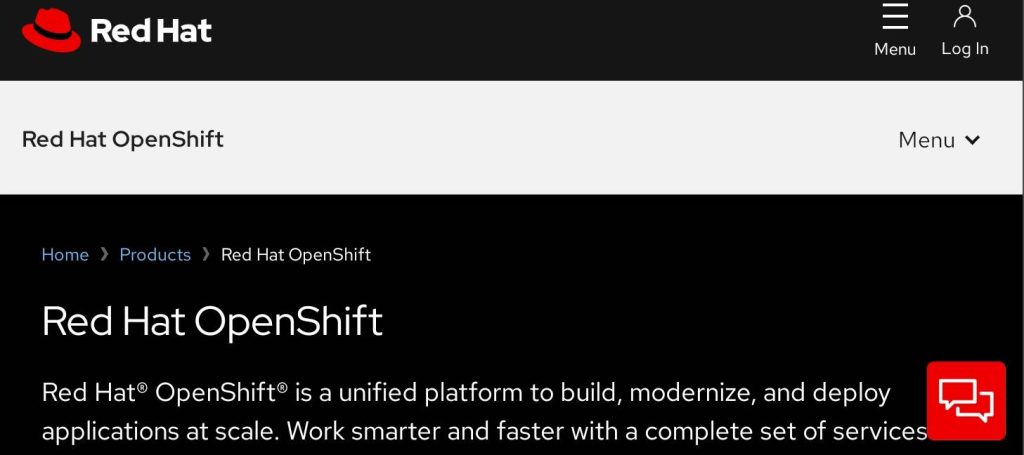
Organization finding any Kubernetes alternative that provides similar features can consider RedHat as well. RedHat provides various tools. OpenShift offers products for AWS, IBM Cloud, and Azure provide a dedicated edition. Its provides self-service edition which includes OpenShift Platform Plus, OpenShift Kubernetes Engine, and OpenShift Container Platform.
RedHat OpenShift gives a hybrid platform for scaling and developing containerized applications. It blends the Kubernetes with Docker-based Linux and Red Hat Enterprise Linux (RHEL) container.
It also provides consistent support for Docker’s Red Hat API, scheduling, orchestration, networking, and serverless deployment tools. You can also simulate failures, build deployment routes, and configure circuit breakers by a service mesh.
Moreover, you can use it as a Container-as-a-Service platform also. It enables organization to use container images for deployments to meet the OpenShift Container Initiative requirements.
Pros:
1. Built on Kubernetes: OpenShift leverages Kubernetes as its underlying orchestration engine, providing powerful container orchestration capabilities.
2. Developer Productivity: It offers developer-friendly tools and workflows, including built-in CI/CD pipelines, source-to-image builds, and developer consoles, to streamline application development and deployment.
3. Enterprise Features: OpenShift includes enterprise-grade features like multi-tenancy, role-based access control (RBAC), monitoring, and logging, making it suitable for production deployments in large organizations.
4. Security: It provides robust security features, including network policies, pod security policies, and integration with identity providers like LDAP and Active Directory, to protect applications and data.
5. Integration with Red Hat Ecosystem: OpenShift integrates seamlessly with other Red Hat products and services, such as Red Hat Enterprise Linux (RHEL), Ansible, and Red Hat Satellite, providing additional features and capabilities for managing the entire application lifecycle.
Cons:
1. Complexity: Setting up and managing OpenShift clusters can be complex, especially for users new to Kubernetes or container orchestration.
2. Resource Consumption: OpenShift may require significant resources in terms of compute, memory, and storage to operate effectively, leading to higher infrastructure costs.
3. Cost: While OpenShift offers a community edition (OKD), the enterprise version may incur licensing fees and additional costs for support and services.
4. Vendor Lock-in: Using OpenShift ties users to the Red Hat ecosystem, potentially limiting portability and interoperability with other container platforms and cloud providers.
5. Learning Curve: Users may face a learning curve when getting started with OpenShift, especially when configuring advanced features or integrating with other Red Hat products and services.
5. Rancher
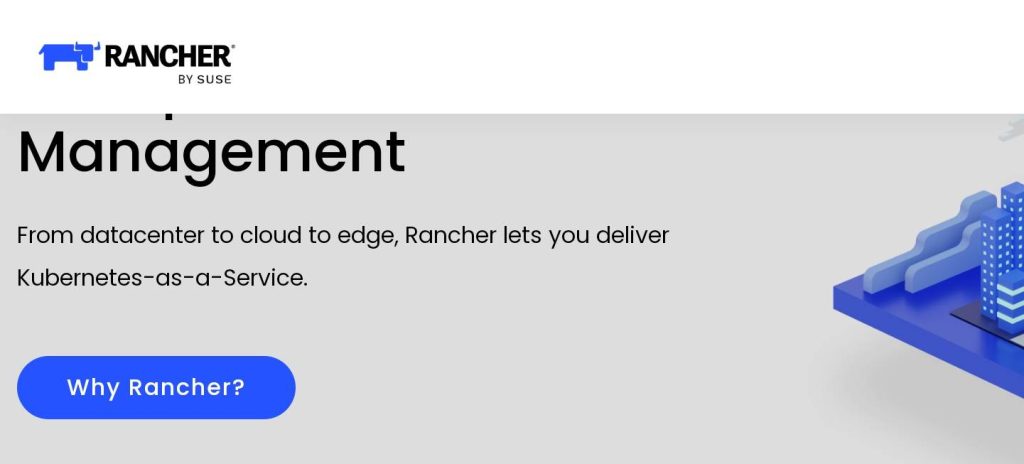
Rancher is an open-source container management platform that simplifies the deployment, management, and scaling of containerized applications. It provides a user-friendly interface for managing Kubernetes clusters, Docker containers, and other container orchestration frameworks.
Pros:
1. Ease of Use: Rancher offers an intuitive and user-friendly interface for managing containerized applications and clusters, making it accessible to users with varying levels of expertise.
2. Multi-Cluster Management: It allows users to manage multiple Kubernetes clusters from a single centralized dashboard, providing visibility and control across distributed environments.
3. Integration with Multiple Orchestrators: Rancher supports multiple container orchestrators, including Kubernetes, Docker Swarm, and Apache Mesos, offering flexibility for different use cases and preferences.
4. Extensibility: It provides a rich ecosystem of plugins and integrations for extending functionality, enabling users to customize and enhance their container management workflows.
5. Enterprise Features: Rancher offers enterprise-grade features like RBAC, monitoring, logging, and centralized authentication, making it suitable for production deployments in large organizations.
Cons:
1. Resource Consumption: Rancher may require significant resources, including compute, memory, and storage, to operate effectively, potentially leading to higher infrastructure costs.
2. Complexity: Setting up and configuring Rancher clusters can be complex, especially for users new to container orchestration or Kubernetes.
3. Community Support: While Rancher has a growing community, it may not be as large or well-supported as some other container management platforms.
4. Learning Curve: Users may face a learning curve when getting started with Rancher, especially when configuring advanced features or integrating with other tools and services.
5. Vendor Lock-in: While Rancher is open-source, using certain features or integrations may tie users to specific vendors or technologies, potentially limiting portability and flexibility.
Conclusion
In conclusion, the landscape of container management platforms offers a diverse array of options, each with its own strengths and considerations. From Kubernetes alternatives like Docker Swarm and Apache Mesos to comprehensive solutions like OpenShift by Red Hat and Docker Enterprise, organizations have a range of choices to suit their specific needs and preferences.
While platforms like Docker Swarm and HashiCorp Nomad prioritize simplicity and ease of use, they may lack some advanced features found in more mature solutions like Kubernetes. On the other hand, offerings such as Amazon ECS and Google Compute Engine provide fully managed services with seamless integration into their respective cloud ecosystems, albeit potentially tying users to specific vendors.
Platforms like Rancher and Docker Enterprise bridge the gap between simplicity and enterprise-grade features, offering robust solutions with comprehensive capabilities for managing containerized applications at scale. However, they may come with higher costs, complexity, and potential vendor lock-in.
Ultimately, the choice of a container management platform depends on factors such as organizational requirements, existing infrastructure, level of expertise, and long-term strategic goals. By carefully evaluating the pros and cons of each platform, organizations can make informed decisions to effectively deploy and manage their containerized workloads in today’s dynamic cloud-native environments.



